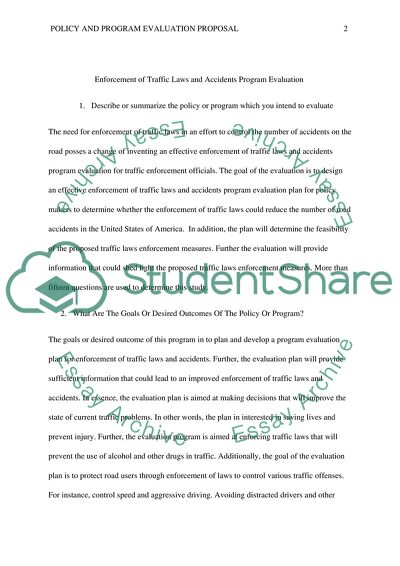Cite this document
(Enforcement of Traffic Laws and Accidents Program Evaluation Case Study Example | Topics and Well Written Essays - 3000 words, n.d.)
Enforcement of Traffic Laws and Accidents Program Evaluation Case Study Example | Topics and Well Written Essays - 3000 words. https://studentshare.org/law/1849027-enforcement-of-traffic-laws-and-accidents
Enforcement of Traffic Laws and Accidents Program Evaluation Case Study Example | Topics and Well Written Essays - 3000 words. https://studentshare.org/law/1849027-enforcement-of-traffic-laws-and-accidents
(Enforcement of Traffic Laws and Accidents Program Evaluation Case Study Example | Topics and Well Written Essays - 3000 Words)
Enforcement of Traffic Laws and Accidents Program Evaluation Case Study Example | Topics and Well Written Essays - 3000 Words. https://studentshare.org/law/1849027-enforcement-of-traffic-laws-and-accidents.
Enforcement of Traffic Laws and Accidents Program Evaluation Case Study Example | Topics and Well Written Essays - 3000 Words. https://studentshare.org/law/1849027-enforcement-of-traffic-laws-and-accidents.
“Enforcement of Traffic Laws and Accidents Program Evaluation Case Study Example | Topics and Well Written Essays - 3000 Words”. https://studentshare.org/law/1849027-enforcement-of-traffic-laws-and-accidents.


